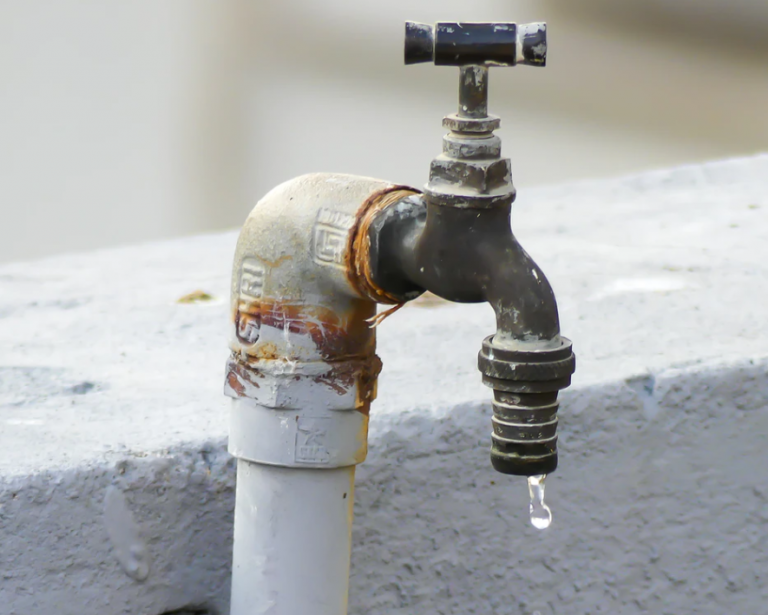People rely on safe, clean water every single day of their lives. It’s seen as expected, essential, and yet, can you say with certainty that your tap water is one hundred per cent clean? To learn more about water quality, read on for more information!
What is bad water?
Whilst bacteria and viruses live in most water, bad water can be seen as water that has harmful bacteria within it. You don’t have to worry about many strains of bacteria, but some are pathogenic and can cause damage to your health. Sometimes, bacteria form a large mass called biofilm. With bacteria expanding at a huge rate in a short amount of time, it’s no surprise that this can sometimes be a problem. Biofilm can form on pipe walls in water treatment centres until this mass collapses, releasing harmful bacteria into the water.
Bad water can cause…
Bad water, when contaminated with certain harmful bacteria, can cause an array of problems for humans. Water used for drinking is sometimes contaminated with sewage or other waste, causing health problems. An example of this is E. Coli. This is a dangerous strain of bacteria, causing serious problems such as diarrhoea and pneumonia. One of the main concerns with bad drinking water is a bacteria called legionella. Legionella usually reproduces and spreads in warm temperatures between 20°C and 45°C. This type of bacteria grows along pipe walls, forming a biofilm. An outbreak of this strain of bacteria can be fatal, especially if it enters a water column – it can cause Legionnaire’s disease if aerosolised and inhaled, and it can further result in pneumonia if treatment is neglected. Therefore, Legionella threatens the lives of large amounts of people.
Understanding the CFU
A Colony Forming unit, more commonly known as a CFU, measures the number of bacteria present in a substance. This is crucial, since low numbers of pathogens usually aren’t harmful, whereas large numbers can be fatal. The CFU is a rough estimate of the number of bacteria that can divide and reproduce themselves in a sample. If the number of CFU rises within a sample, this demonstrates the failure of the water treatment method in place, urging inspections and improvements to be put in place. This is so safer water can be provided in future. For it to be safe, 100ml/CFU or lower is usually recommended. 
A few ways to check your tap water quality
One way to check tap water quality is to take a water sample in a lab or health department. Keeping a water sample in a petri dish under certain conditions can allow microbes to breed and multiply, showing you the results after some time. Colonies of bacteria can be counted to see if the water is something to be concerned about or not. CFUs can also provide a good measure of the number of bacteria in your water to help you be reassured that the normal amount of bacteria rather than a harmful amount is present within it. It is good if you can find a local lab or send the water sample to a national lab to know about the condition of your tap water. Hopefully, this has made you more aware of bad water and how you can avoid being exposed to harmful pathogens!
Conclusion
Beware of your tap water can benefit many of your body functions, such as digestion system, nutrients transportation, body temperature regulation, skin conditions, anti-aging system, even your energy levels! Knowing CFU numbers is the first step to understand your tap water!

